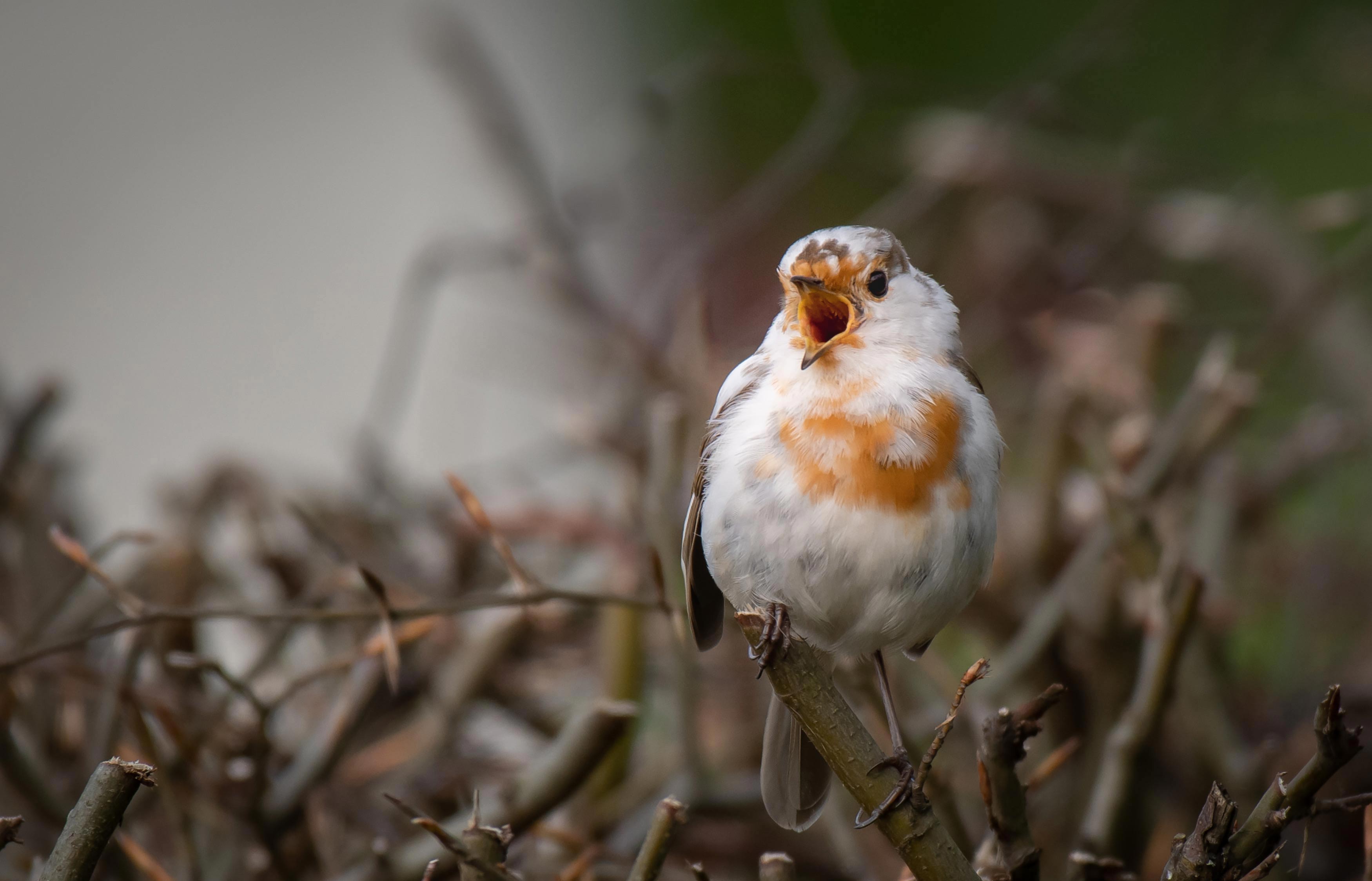| STORY BY MEGHAN MCMAHON |
3/7/2022
Animals are one of the first things we learn about as kids. We learn that cows moo, lions roar and frogs ribbit. We learn about farm animals and wild animals from storybooks and songs, and as our knowledge grows, we learn how to identify different animals by their appearance.
In addition to size and shape, one of the first things we consider when identifying an animal is its color. We know deer are brown and skunks are black with that iconic white stripe. We know birds come in many colors and sizes, and those colors and sizes are what help us tell a robin from a sparrow, for example.
But sometimes animals are seemingly the wrong color. In some cases, this is easily explained away. Some animals, particularly those in the arctic, change color in the winter to match the snowy landscape. And some animals, namely the chameleon, are famous for their color-changing ability. Other times, though, a wrong-colored animal seems to defy explanation, or at the very least generate awe.
Learn more about why animals sometimes look much different than we expect — or sometimes aren’t what they seem at all.
Normal color variation
In some cases, an animal may not be the color you expect it to be simply because multiple color expressions occur in some species. One such example is the red fox. While most red foxes are the rusty red color we are so familiar with, not all are, and this often takes us by surprise. Some red foxes are the usual reddish-brown but with a black stripe down their backs and another across their shoulders, while others can be silvery or nearly black in color. The striped foxes are called cross foxes, and this phenotype occurs in about 25% of red foxes, according to the Animal Diversity Web. Silvery or black foxes are called silver foxes, and they are much more rare, occurring in only about 10% of red foxes.

)
)
)
)